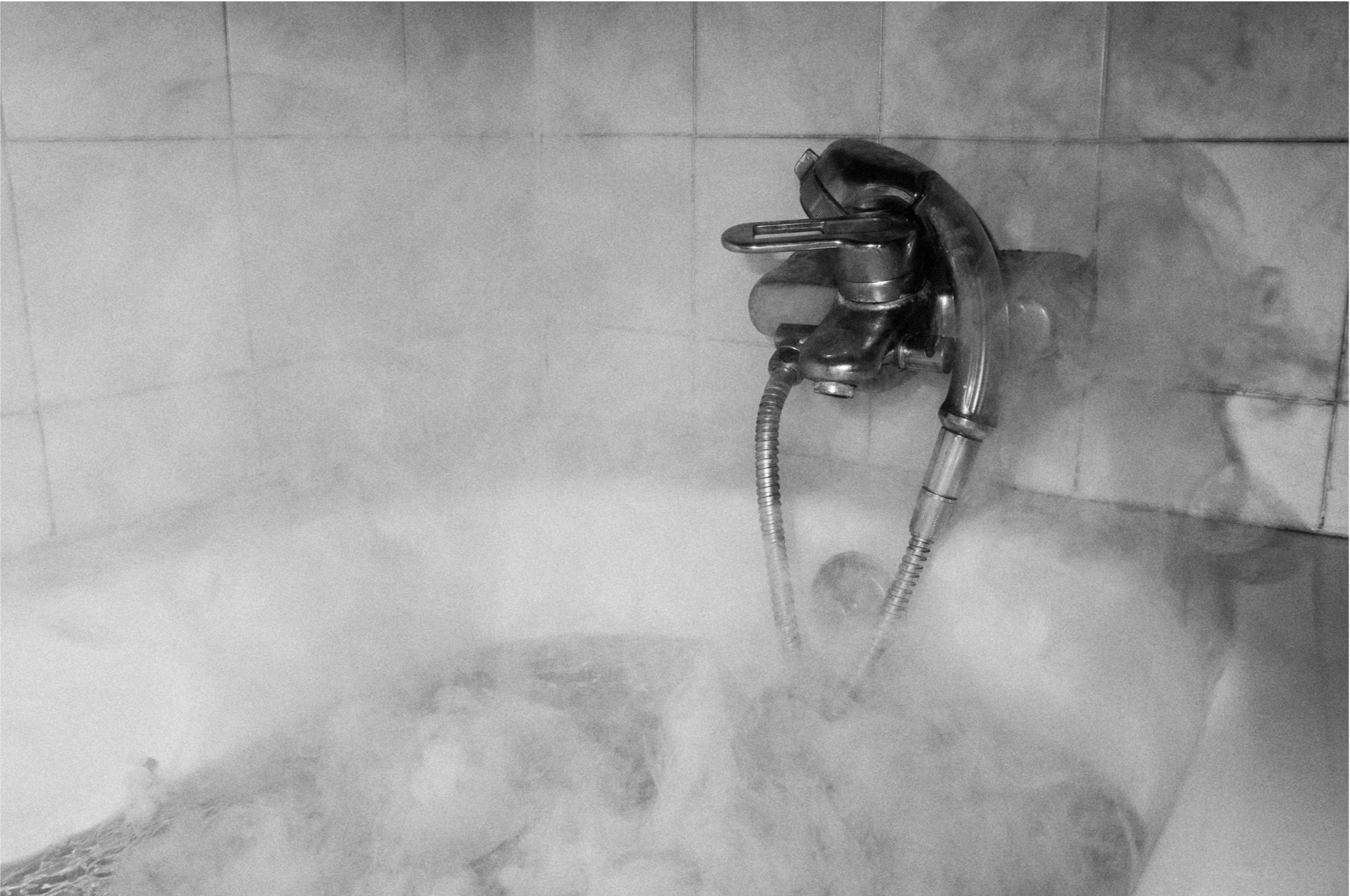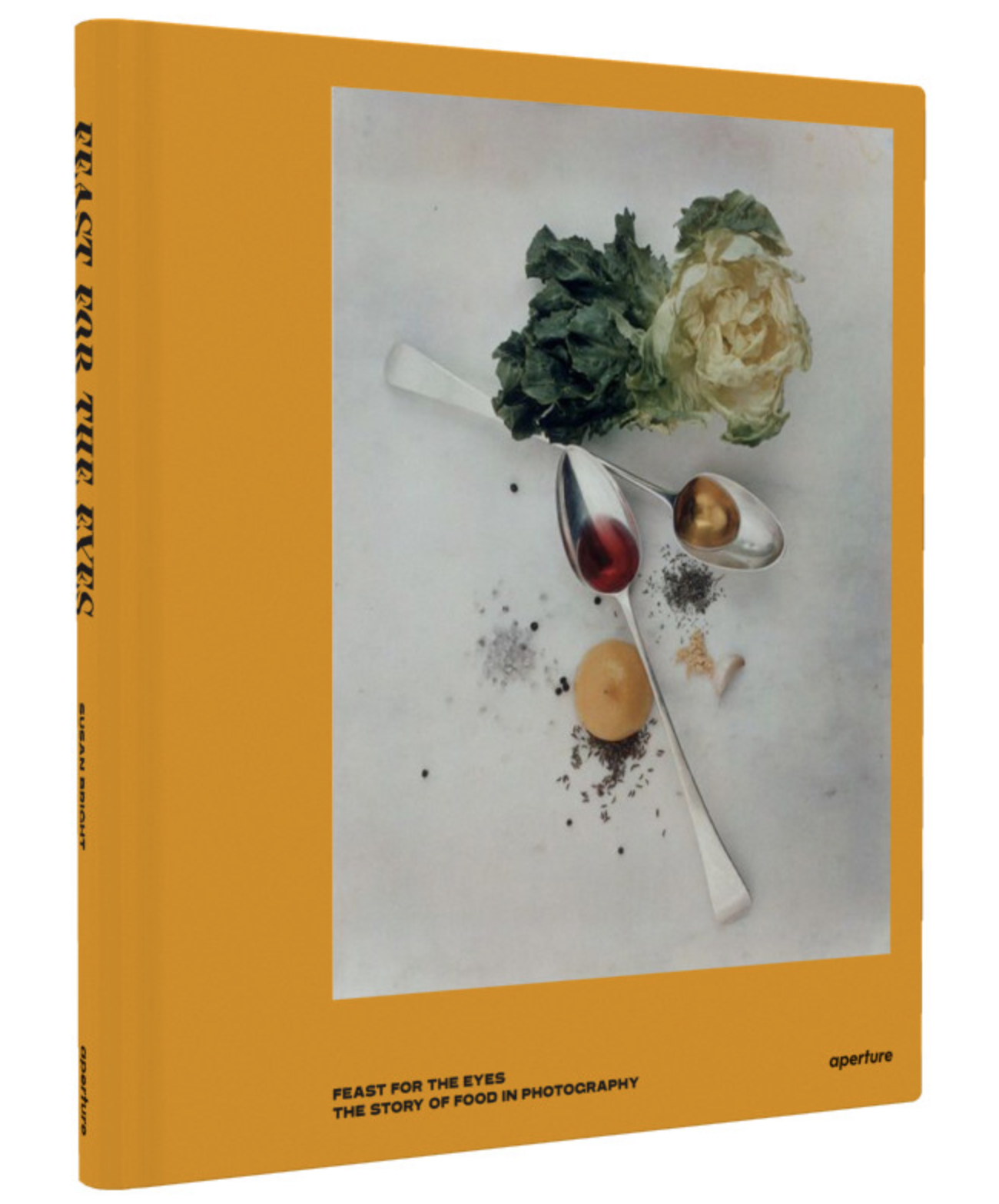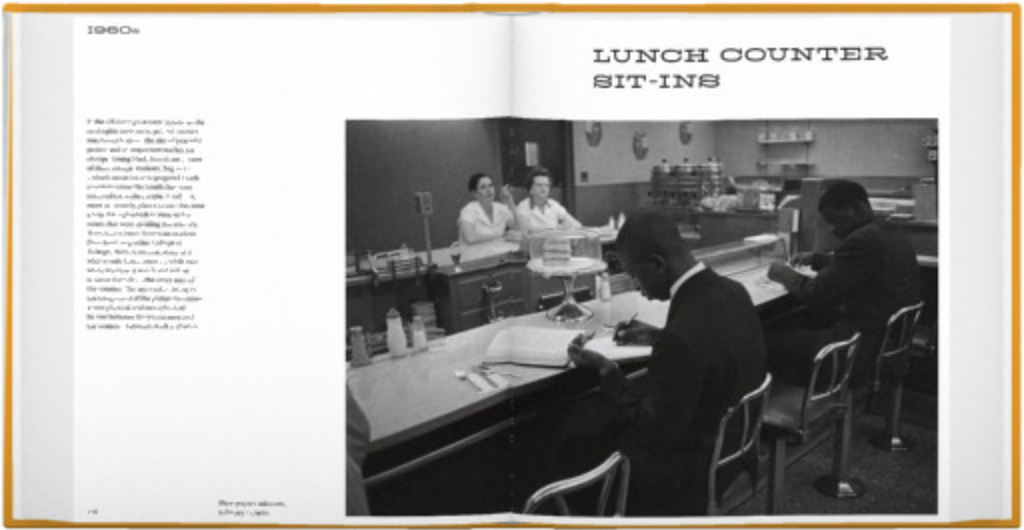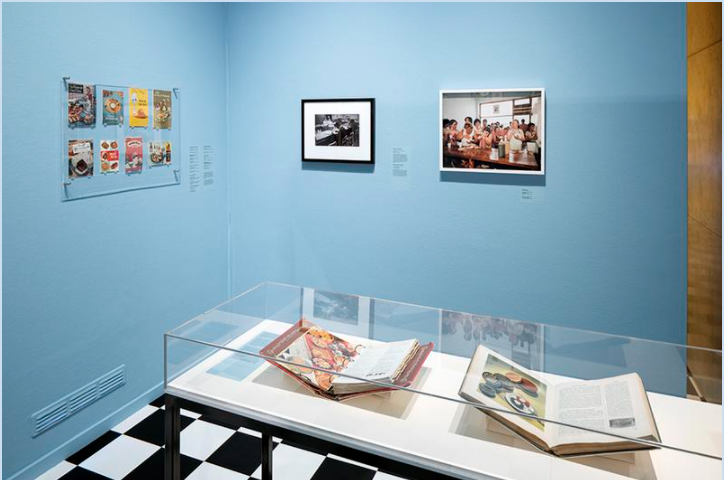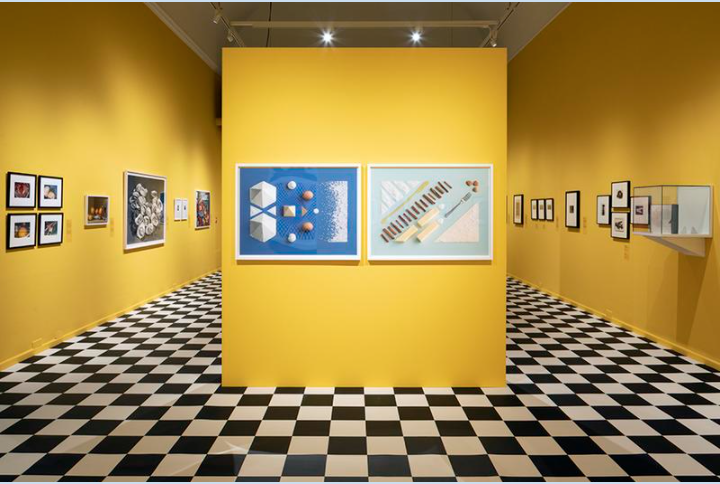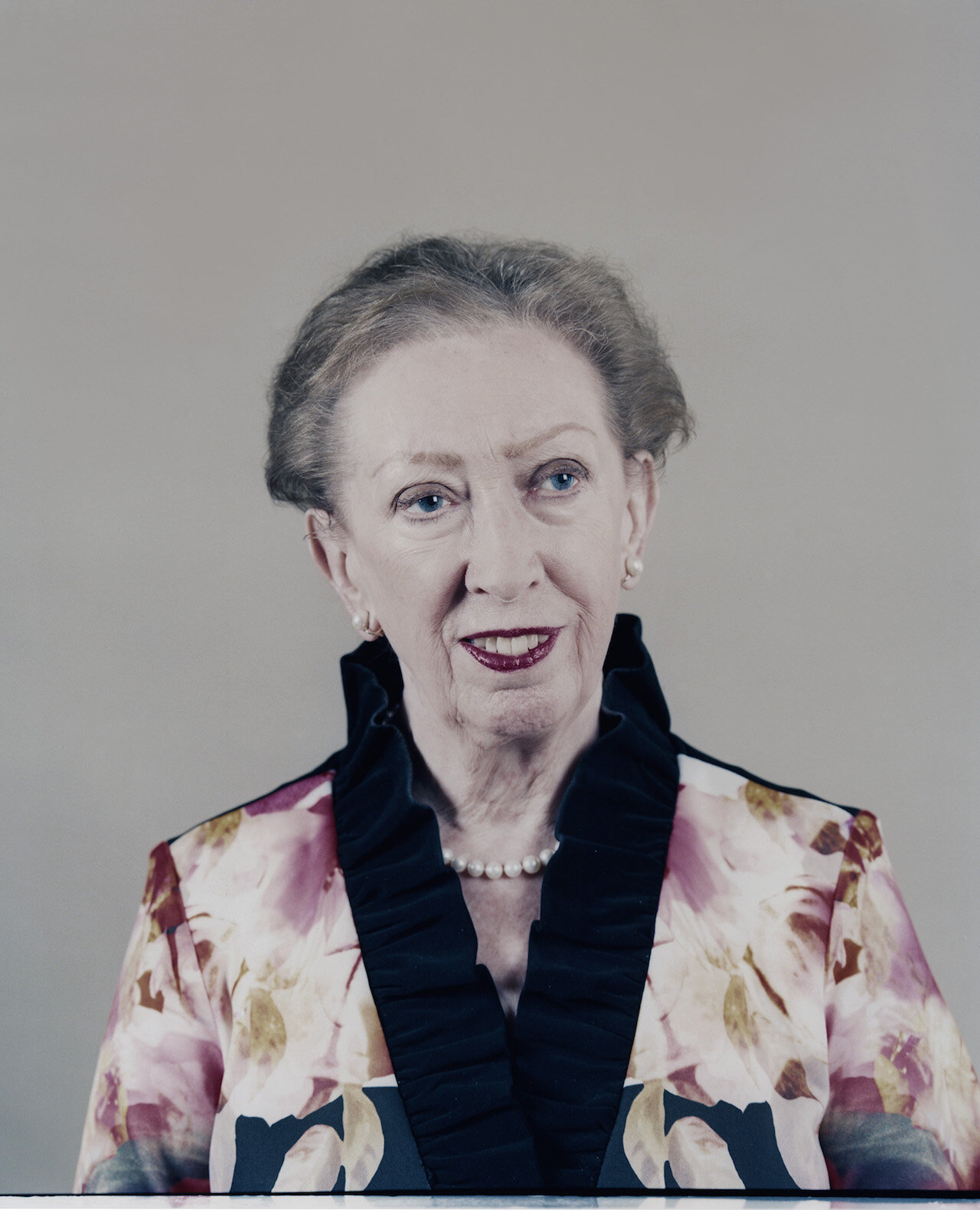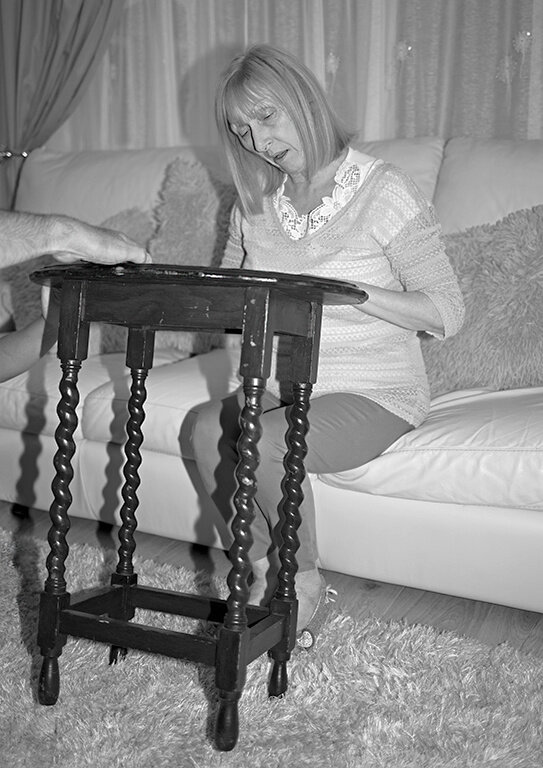During lockdown I was sent a link to the ‘Hold Still’ portrait prize hosted by the Duchess of Cambridge at the National Portrait Gallery. This competition is to create a collective of portraits to show the ‘new normal’ we are living in today. You can also show portraits of helping your community, heartache, positivity etc. You do not have to use a professional camera to enter, an entry taken on your phone is also accepted. It is free to enter for all.
At the beginning of lockdown I took doorstep portraits of people around my town for a small fee to the Alexander Devine children’s hospice charity. For the competition I submitted a portrait of Jo and her grandmother Maureen as it showed positivity and unity amongst the generations. As nobody in the photograph was under the age of 18, I did not have to worry about filling out a form for consent.
This competition is a good way to show my work to the public eye. As I am a focused landscape photographer, submitting a portrait of mine gives me confidence in my portraiture work. I do enjoy taking portraits so this is a great opportunity to build up my portfolio of portraits.



